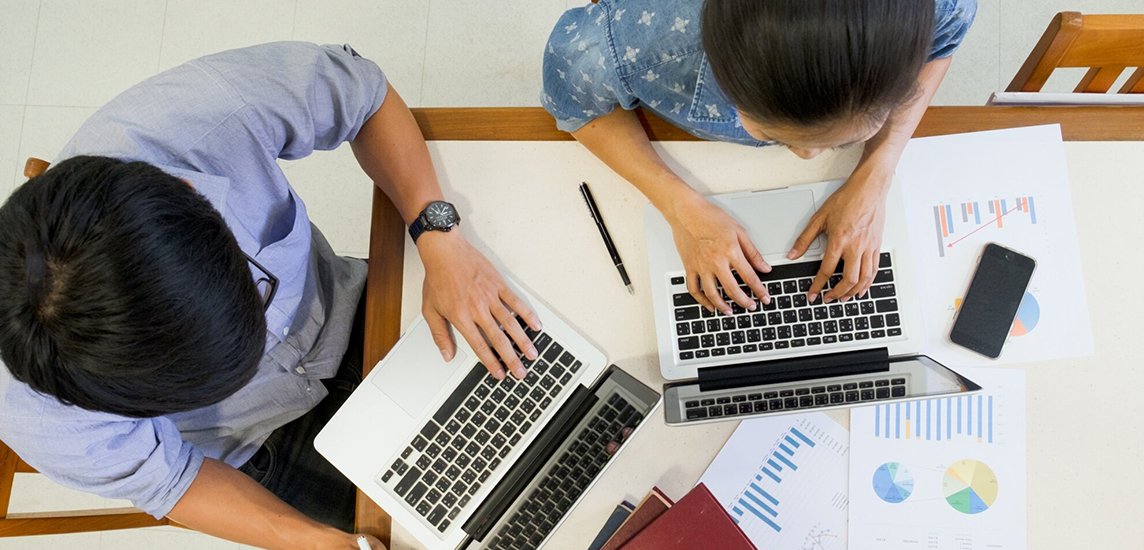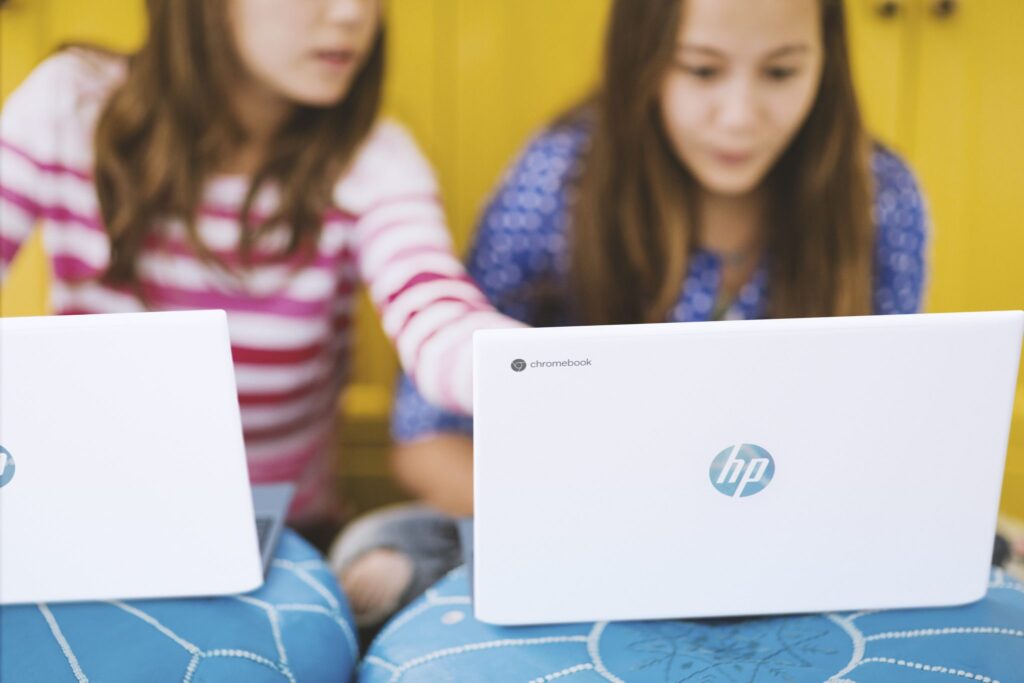Path To Recovery, Adopting a New Normal
We’re indeed in the midst of an economic recovery although with still reeling with oscillating COVID infection rates. To tap on this growth trajectory and seize businesses opportunities, businesses need to be versatile and agile in mobilising its workforce-juggling between work-from-home and hybrid work models. Businesses need to be able to equip its workforce with the right devices and at the same time ensuring the endpoints are protected from inherent cyberthreats.
Rentalworks’ integrated IT asset lifecycle management solutions consisting of specially curated device leasing programs enables businesses to maneuver seamlessly in this new normal. We work out the best available tech devices that fit each SMEs business requirements at the cost that fits their budget. Our unique lease-to-use approach ensures the process of deployment, maintenance and refresh are all managed throughout by Rentalworks; at the same time ensuring all endpoints are managed and protected from anywhere, at anytime. Our solutions help businesses reduce costs of sourcing, procuring, and managing these devices – so that they can focus on growing their businesses.
Laptop leasing is an alternative to buying; a favored alternative when a business is looking at defraying/rationalize its costs. The purchase price of a laptop typically constitutes 20% of the total costs which is just the tip of the iceberg when taking into consideration total costs of ownership of that device throughout its lifespan. The balance of the 80% are hidden costs which encompass updates and fixes, support and maintenance, failures and recovery and last but not least, decommissioning and recycling of the device. By subscribing to Rentalworks leasing solutions which incorporates end-to-end IT asset lifecycle management, that 80% is ‘incurred’ and is the responsibility of Rentalworks as the lessor of the device. Imagine the amount of cost savings of that approximately 80% costs of managing the device?
Rentalworks’ leasing does not merely provide lease-to-use IT devices notably laptops. Its solutions extend beyond financing the device. Rentalworks provides end-to-end IT asset lifecycle management services i.e. from assisting in curating a plan that meets the requirements and budget of its clients (hence eliminates the hassles of sourcing), deploying the assets and securely within the chain-of-custody to managing/maintaining the devices throughout the lease period. Our clients see the value of our solutions as it alleviates the 80% ‘hidden’ costs, diversify the procurement options, off-loads inventory management, and provides up-to-date firmware cyber-security.








